Eye Health
At The Optometric Center, we do so much more than prescriptions for glasses and contacts. Below, you’ll find a short list of common eye diseases and disorders. If you are suffering from an eye disorder, contact us at (641) 228-1732 to schedule an appointment where we can talk about what we can do to enhance your overall eye health.
Astigmatism
Astigmatism is a common vision condition that causes blurred vision, typically at a distance and at near. It occurs when the cornea (the clear front cover of the eye) is irregularly shaped or sometimes because of the curvature of the lens inside the eye. Uncorrected astigmatism can cause eye discomfort and headaches. Astigmatism can increase or decrease over time.
Cataracts
A cataract is a cloudy area in the lens of your eye. Cataracts are very common as a person gets older. At first, you may not notice that you have a cataract. However, over time, cataracts can cause glare or make your vision blurry, hazy, or less colorful. You may have trouble reading or doing other everyday activities. The good news is that surgery can get rid of cataracts. Cataract surgery is safe and corrects vision problems caused by cataracts.
Diabetes
Diabetic retinopathy is a condition associated with diabetes. High levels of blood sugar may damage the small blood vessels inside the eye. New blood vessels may form which can leak, resulting in damage to the retina, causing blurred vision or possibly blindness. Diabetes retinopathy is the leading cause of blindness for working age individuals. Early detection is key in managing and treating diabetic retinopathy. Possible treatments include intravitreal injection, laser treatment, and vitrectomy.
Dry Eye
Dry eye disease can manifest itself in many different ways. Itchiness, irritation, burning, redness, excessive tearing, blurred vision, and of course, a dry feeling. Millions suffer from dry eye disease (DED) or syndrome caused by a lack of, or poor quality, tear film. Tears are basically comprised of three layers: a mucin layer, an aqueous (water) layer, and an oil (lipid) layer. If one or more of these are deficient, the eye becomes irritated. These three layers also work together to ward off infection.
Many factors contribute to dry eye disease including medications (oral and topical), climate, air-conditioning, defrost in the car, cigarette smoke, certain systemic conditions (such as Sjogren’s, Parkinson’s, thyroid conditions, and arthritis), and women going through menopause. Studies show that most of us blink half as often as usual while on the computer, looking at our phones, and while reading. Treatment options include: quality non-preserved and preserved artificial tears/gels/ointment, certain prescriptions eye drops, punctal plugs, humidifiers, and dietary changes.
Eye Infections
Our office routinely diagnoses and treats eye infections and injuries. We use state-of-the-art microscopes which allow us to evaluate various layers of the eye and the surrounding structures. After careful assessment of the injury or infection, treatment options will be discussed. Removal of foreign bodies is done most often under a topical anesthetic. Treatment for eye infections may include topical eye drops, and/or ointments, oral medications, or other supportive care. Follow-up visits will be scheduled, if needed, to monitor your recovery.
Glaucoma
Glaucoma is known as the “sneaky thief of sight” for a good reason. Open angle glaucoma, the most common form, may strike without pain or other symptoms. Seventy-two percent of people think glaucoma has early warning signs, but it does not. A comprehensive eye exam is the only way to detect the disease. Undetected, glaucoma will destroy vital nerve fiber layers of the optic nerve causing irreversible damage and vision loss. We use various tests to diagnose glaucoma that include intraocular pressure measurement, corneal thickness assessment, peripheral visual field analysis, and optic nerve fiber computerized analysis. Once diagnosed with glaucoma, we typically prescribe eye drops as a first line of treatment. These drops are designed to lower the pressure inside the eye, and in most cases work very well. If a person’s eye does not respond adequately to drops, laser treatment and eye surgery are secondary treatments for more advanced glaucoma.
Hyperopia
Farsightedness, or hyperopia, as it is medically termed, is a vision condition where typically distant objects are clearer, or more in focus, than near objects. This usually occurs when the cornea has too little curvature, or when the eyeball is too short so that light entering the eye is not focused properly on the retina.
Macular Degeneration
Age-Related macular degeneration (ARMD) is an eye disease that can blur the sharp, central vision you need for activities like reading and driving. The disease causes damage to the central photosensitive region of the back of the eye (the macula) that is used to provide clear vision. Early diagnosis can help slow the progression of this degeneration.
Myopia
Nearsightedness, or myopia, as it is medically termed, is a vision condition where typically near objects are clearer, or more in focus, than distant objects. This usually occurs when the cornea has too much curvature, or when the eyeball is too long so that light entering the eye is not focused properly on the retina.
Presbyopia
Presbyopia is a vision condition in which the crystalline lens inside the eye loses its ability to change shape or “focus” on objects at near. Another cause may be due to the focusing muscle, the ciliary body, losing its ability to change the shape of the lens. The crystalline lens becomes stiffer as we age, making it more difficult to change shape as well.
